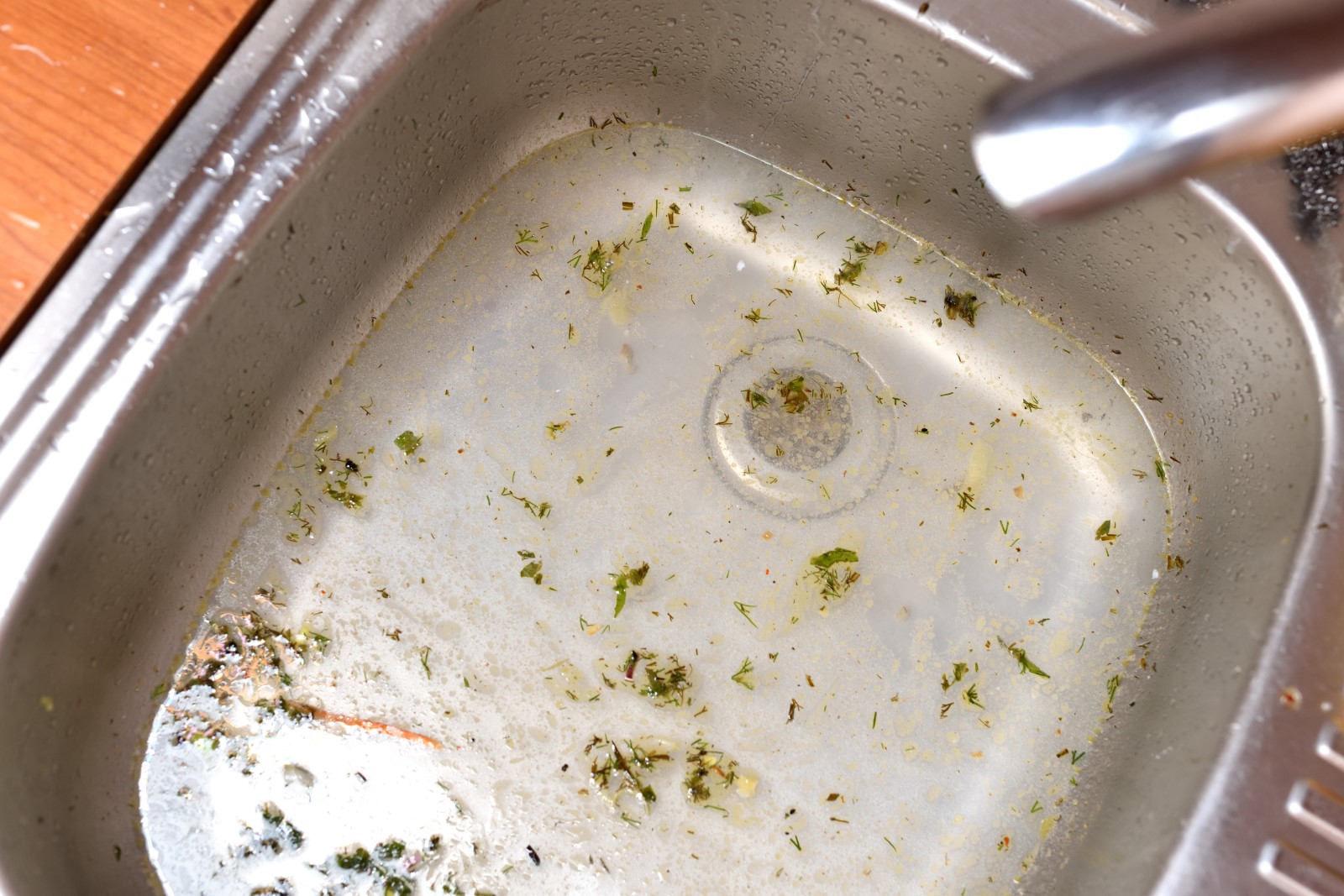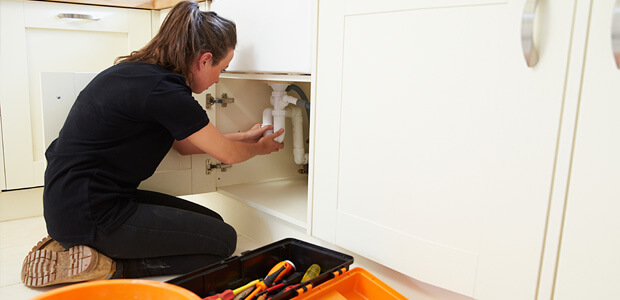Pointers for Managing a Blocked Drain Prior to Contacting Experts
Call TodayListed here down the page you will find some wonderful insights around Some easy tips to fix blocked drains.

Intro
Handling an obstructed drain can be an aggravating experience, disrupting daily tasks and possibly triggering damage to your home. However, before connecting to plumbing professionals, there are steps you can take to address the problem on your own. In this overview, we'll explore DIY options and preventive measures to deal with a blocked drainpipe efficiently.
Identifying the Problem
The initial step in addressing an obstructed drainpipe is identifying the indications. Slow-moving water drainage, gurgling sounds, foul odors emanating from drains, or water support up are common indications of a blocked drain. Recognizing these signs early can aid prevent even more complications.
Picking the Right Plumbing Service
When selecting a pipes service, consider aspects such as experience, licensing, and customer evaluations. Select a trustworthy plumbing with a performance history of high quality craftsmanship and clear rates methods.
Price Factors to consider
The cost of professional drain cleaning services can vary relying on the severity of the obstruction and the plumber's rates. Request quotes from numerous companies and ask about any additional charges to make sure openness and prevent surprises.
Safety and security Measures
When trying do it yourself drainpipe cleansing, focus on security. Wear safety gloves and eyewear to prevent contact with harmful chemicals or microorganisms. Never mix different drain cleaning items, as this can create unsafe fumes.
Situation Researches
Real-life instances highlight the performance of do it yourself remedies and the value of prompt specialist treatment in settling drainpipe clogs.
Typical Sources Of Blocked Drainpipes
Recognizing the elements that add to drain obstructions is necessary for efficient resolution. Typical culprits include hair, soap residue, oil, food debris, and foreign objects like hygienic items or paper towels. Tree roots invading below ground pipes can also trigger substantial obstructions.
Do it yourself Solutions
For minor obstructions, several DIY services can be reliable. Pouring boiling thin down the drainpipe can aid liquify grease and debris. Sodium bicarbonate and vinegar or a mixture of salt and cooking soft drink can serve as all-natural cleaners. Making use of a plunger or pipes snake to dislodge blockages is one more option.
Tools and Devices
Having the right tools handy can make do it yourself drainpipe cleaning more effective. A plunger is a flexible tool for clearing clogs in sinks, toilets, and showers. A plumbing serpent or auger can reach much deeper blockages, while drainpipe cleansing chemicals can be used very carefully for persistent obstructions.
Safety nets
To stay clear of future blockages, adopting preventive measures is important. Set up drain guards or filters to capture hair and debris prior to they go into the pipes. Regularly flush drains pipes with warm water to liquify oil buildup, and avoid dealing with oil or solid waste down the drain.
When to Call a Professional
While DIY solutions can resolve small obstructions, specific indications indicate the requirement for specialist aid. Relentless blockages, foul odors despite cleaning up efforts, or several drains supporting all at once are warnings that require expert treatment.
Conclusion
By complying with the pointers described in this overview, you can properly deal with obstructed drains pipes and protect against future pipes problems. Whether choosing DIY remedies or looking for specialist assistance, prompt action is essential to preserving a healthy and balanced pipes system and protecting the integrity of your home.
How to Clear a Clogged Drain Yourself (And When to Call In the Professionals)
What Can Clog a Drain
Dirt Skin flakes Hair Grease Soap scum Food Offset pipes Tree roots Small objects Mineral buildup DIY Tricks to Unclog a Drain
You can fix this! Once you have identified the source of the clog (or have a vague idea), you can try one or a combination of these fixes in order to clear your plumbing.
Wire Hanger or Snake
Untangle and clear out hair from a drainpipe with a homemade snake. Use a straightened-out wire hanger with a 90-degree angle hook to locate the clog and drag out any unwanted material.
Remember not to push the clog further down to where the wire hanger cannot reach! If you need to follow up with a plunger, give it a try. Your efforts might be more successful after it’s been wire-snaked.
If you want to get fancy and don’t have a wire hanger to spare, head to the store and pick up a hand-operated drain snake. You can get one for $10-$30. It may save you the hassle, and provide additional length to reach deep into the clogged pipe.
Plunger
A cup plunger has a suction cup attached to a wooden handle. The rubber creates a seal around the drain, and increases the pressure force of the plunger.
Plunge for 30-second increments to loosen the clog. This may need to be repeated over the course of 15-20 minutes. Once plunged, run the water to flush the remaining material out of the drain.
Remember– never use a plunger if you have used a chemical drain cleaner. These chemicals can splash up from the force of the plunger and cause serious injury or burns.
Boiling Water
Hot water can sometimes break up materials into a flushable amount. Dirt, grease, and soap buildup requires heat in order to unstick from surfaces.
Take your kitchen kettle and heat your water to a boil. Once it reaches a rolling boil, pour it directly down the drain into the blockage. Carefully follow with plunging, if necessary.
Don’t worry if this takes more than one try! It can often take multiple kettles and repeated plunging in order to clear a particularly stubborn clog.
Chemical Drain Cleaner
As a last resort, pick up a bottle of chemical drain cleaner. Drain-cleaning chemicals are potent, and not very good for the environment.
You may need to wear protective eyewear in gloves before handling your bottle of chemical drain cleaner. Follow the instructions printed on the bottle, and flush with water as soon as the instructions allow. Do not follow with plunging.
Baking Soda and Vinegar
As a safer alternative to chemical drain cleaner, baking soda and vinegar can create a chemical reaction that clears tough clogs.
Combine one cup of cleaning vinegar with one cup of boiling water, and set aside. Once you have done this, pour half a cup of baking soda down the drain. Give the baking thirty seconds to settle and cover a large portion of the problem drain.
Following the baking soda, pour down your vinegar and hot water solution. Once the vinegar and baking soda combine, the mixture will bubble and fix. Let this reaction fizzle in the drain for about an hour.
After an hour, follow with a kettle’s worth of hot water. The heat and liquid should flush out any remaining material.
When to Call a Plumber
If your DIY attempts haven’t cleared your clog drain, it’s time to call in a professional. It’s not worth losing access to your kitchen sink or high-traffic bathroom. A clog in a vital area can keep you from the things you’d rather be doing, and derail your routine.
Anytime a clog is causing water to spread is a time to call in a plumbing service. What starts out as a little bit of water can quickly grow into serious, expensive water damage.
Additionally, a serious clog can result in burst pipes or serious leaks. Make sure you know when to take it seriously!
https://myguysnow.com/how-to-clear-a-clogged-drain-yourself-and-when-to-call-in-the-professionals/

Do you really like reading up on 8 Tips For Clearing A Blocked Drain? Make feedback down below. We would be pleased to know your thoughts about this blog post. In hopes that you visit us again in the future. Are you aware of anybody else who is interested in What I learned from trying to deal with a clogged drain? Do not hesitate to share it. Thanks a bunch for being here. Kindly check our website back soon.
Contact Us Now